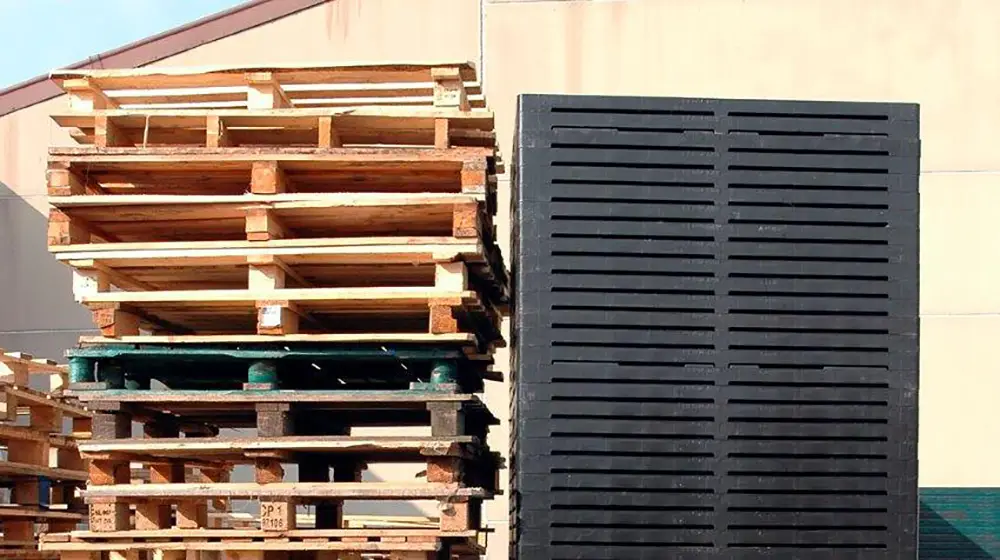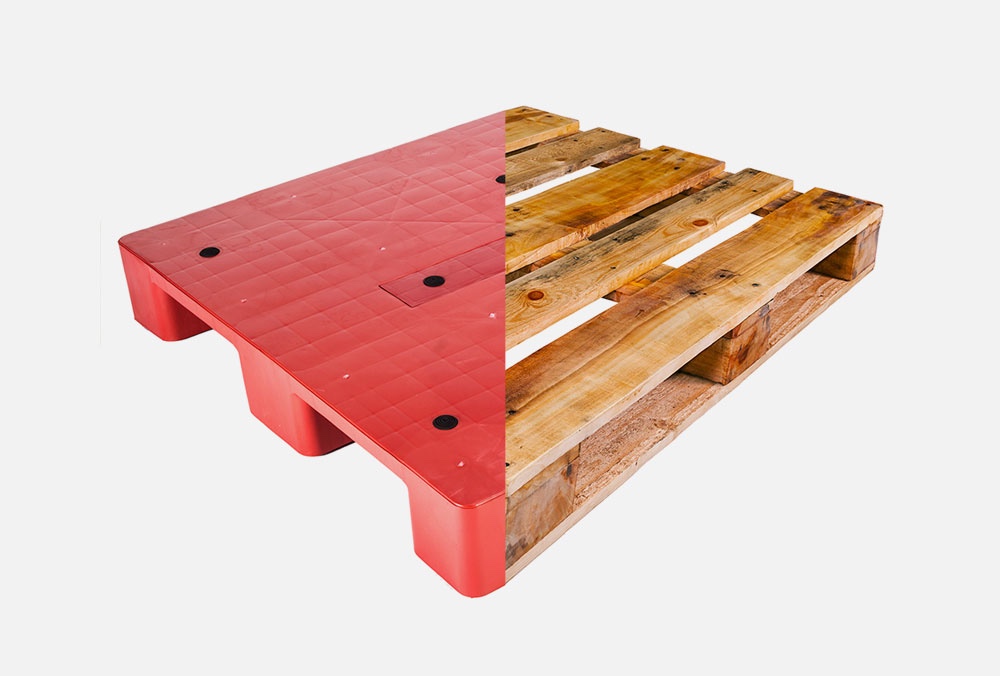Pallets are one of the most versatile and cost-effective materials you can use in your home or workplace. Whether you’re looking to make a wooden coffee table, build a new wall shelf, or create some kind of unique art installation, pallets can be used for all three! But with so many options out there and so little information about them, it’s hard to know which type is best for your project. So we’ve decided to help out by comparing wood and plastic pallets: their pros and cons, how they’re manufactured, how durable each material is likely to be over time (and why), what benefits each offers, and much more! We’ll also check out some fun projects that will let you put these reusable materials to good use at home (or at work).
Wood Pallets vs Plastic Pallets

Related Articles
The Journey of the Geo Pallet Ltd. Logo
Introduction Every logo tells a story. For Geo Pallet Ltd., a company rooted in British Columbia’s wooden pallet industry, the ...
Read More →
The Pros and the Cons of Wooden and Plastic Pallets
Wooden pallet vs plastic pallets. Pros and cons
Read More →
Import and Export Regulations: Wooden Packaging
Wooden packaging, particularly pallets, is an essential component of global import and export processes. Ensuring compliance with regulations surrounding wooden ...
Read More →
8 Tips For Organizing Your Truckloads Of Pallets
Effective pallet management is a key component of smooth warehouse operations for many businesses. Whether you’re dealing with wooden pallets ...
Read More →



